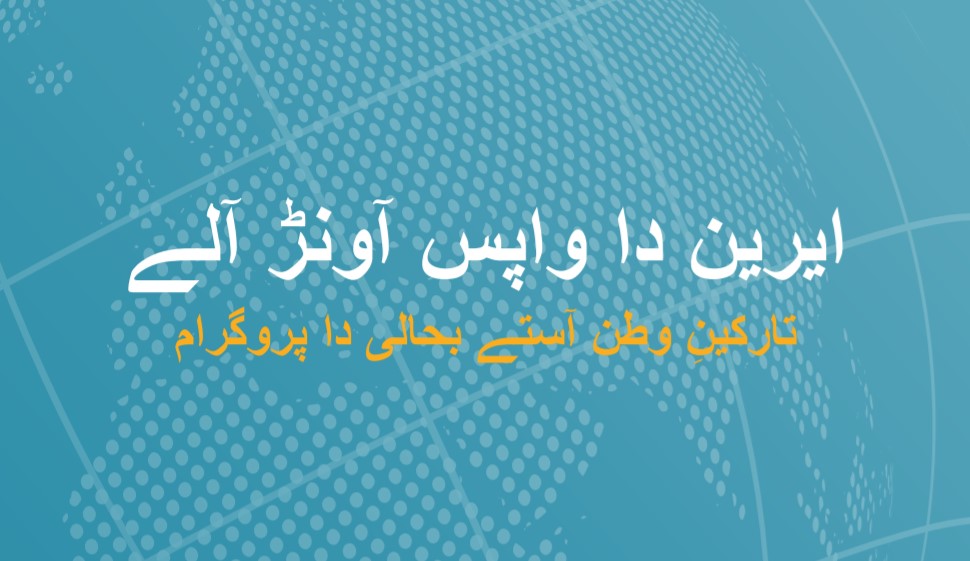I started as a journalist where flexibility was a given. With the aid of technology, work was only starting to become more flexible and (at least partly) remote work just about made sense. If you think about it, press conferences rarely happen in the editorial offices. On the other hand, deadlines ensured I had to burn the midnight oil at home at one point or the other.
So I can only embrace the fact that technology made it possible for other professions to break free from their offices, too. This movement dates back to the 1980s and IBM allowing their employees to work from home.
The internet then accelerated the trend so much that, according to a Swiss study from 2018, 70% of full-time employees globally worked remotely at least on one day of the week. So what can we expect in the long term? Is the future of work remote?
Of course, its supporters answer with a resounding yes. Owl Labs’ 2019 report that surveyed 1,200 US employees concluded that remote work makes people happier and more loyal to their employer, to the extent that these people are willing to work more hours, as a way of thanking their employer for a better work-life balance, less stress, and no commuting times.
Companies that support such a set-up also enjoy benefits: they see an increase in employee productivity as well as a decrease in overhead costs: as much as $10,000 per employee a year in terms of real estate costs. Furthermore, less stress and more commitment mean fewer sick days and lower recruiting costs for the employer.
But not everyone supports this remote working trend to the same extent. IBM was again the first to make headlines two years ago by calling tens of thousands of employees back to the office. Others, like Bank of America or Yahoo, have quickly followed suit. Their most important argument? Facilitating collaboration and innovation, the success factors of our current times. Less cited, but identifying performance with time spent in the office (see incompetent management) still remains a benchmark for some employers.
I also have my share of personal experience that echoes those concerns. I have seen people being confused or lost working from home or showing weaker work ethics. I have seen bosses who are essentially control freaks. These groups are bound to fail in remote working environments. So who’s guaranteed to succeed?
Successful remote workers share traits such as self-discipline, self-motivation, advanced (digital) communication skills, general tech-savviness, and the mental strength to cope with loneliness. They fit best in companies with a culture of inclusion and transparent policies of equal treatment. In workplaces where communication channels favour neither in-house nor remote employees. Where individual responsibility for your work is just as important a requirement as being a good team player.
After all, despite the occasional hiccoughs, remote working is here to stay, and it is still not too late for it to find its place in your workflows.
Written by Anikó Jóri-Molnár



